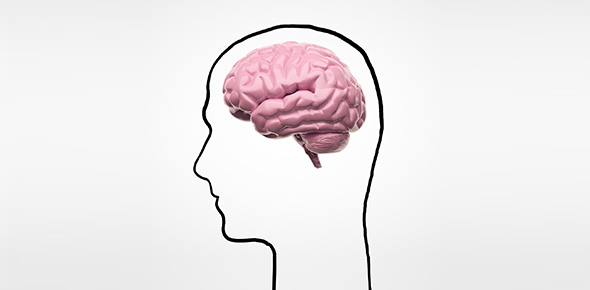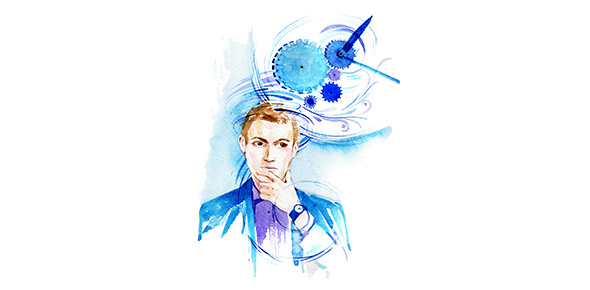Related Flashcards
Related Topics
Cards In This Set
| Front | Back |
|
Describe the general structure and function of the autonomic nervous system.
|
•ANS consists of motor neurons that
–Innervate smooth and cardiac muscle, and glands
–Make adjustments to ensure optimal support for body activities
–Operate via subconscious control
•Also called involuntary nervous system or general visceral motor system
•Motor portion of PNS that controls homeostasis
|
|
Name the part of the brain that has the most control over the ANS.
|
The hypothalmus
|
|
Symapthetic Functions
|
•“Fight-or-Flight"
•Mobilizes body during activity
•Exercise, excitement, emergency, embarrassment
–Increased heart rate; dry mouth; cold, sweaty skin; dilated pupils
•During vigorous physical activity
–Shunts blood to skeletal muscles and heart
–Dilates bronchioles
–Causes liver to release glucose
|
|
Parasympathetic
|
•“Resting and Digesting”
•Promotes maintenance activities and conserves body energy
–Directs digestion, diuresis, defecation, etc.
•As in person relaxing and reading after a meal
–Blood pressure, heart rate, and respiratory rates are low
–Gastrointestinal tract activity high
–Pupils constricted; lenses accommodated for close vision
|
|
Somatic Nervous System vs. Autonomic Nervous System
Somatic Nervous System |
–Cell body in CNS; thick, myelinated, group A fiber extends in spinal or cranial nerve to skeletal muscle
–All somatic motor neurons release acetylcholine (ACh) –Effects always excitatory – stimulates muscle contraction |
|
Somatic Nervous System vs Autonomic Nervous System:
Autonomis Nervous System |
1. Preganglionic neuron (in CNS) has a thin,
lightly myelinated preganglionic axon. 2. Postganglionic (ganglionic) neuron in autonomic ganglion outside CNS has nonmyelinated postganglionic axon that extends to effector organ –All preganglionic fibers release ACh –Postganglionic fibers release norepinephrine or ACh at effectors –Effect is either excitatory or inhibitory, depending on type of receptors |
|
Somatic Nervous System vs Autonomic Nervous System:
Autonomis Nervous System |
1. Preganglionic neuron (in CNS) has a thin,
lightly myelinated preganglionic axon. 2. Postganglionic (ganglionic) neuron in autonomic ganglion outside CNS has nonmyelinated postganglionic axon that extends to effector organ –All preganglionic fibers release ACh –Postganglionic fibers release norepinephrine or ACh at effectors –Effect is either excitatory or inhibitory, depending on type of receptors |
|
Sympathetic chain ganglia
|
(paired)- viseceral effectors in thoracic cavity, head, body wall, and limbs
lie on both sides of the vertebrae column |
|
Collateral ganglia
|
Anterior to vertebral bodies. collateral ganglia contain ganglion nuerons that innervate tissues and oragns in the abdominalpelvic cavity.
pstgsnglionic fibers |
|
Adrenal medulla
|
The ganglionic neurins of the adrenal medullae have short axons. when stimulated, they release their nuerotransmitters into the bloodstreem, not at a synapse. this mode of release allows the nuerotrnasmitters to function as hormones, affecting target cells throughout the body
|
|
Describe the specific effects of a sympathetic response on the body. Why can the metabolic effects of the SANS be best described as catabolic? |
(1)heightened mental alertness, (2) increased metabolic rate, (3) reduced digestive and urinary functions, (4) activation of energy reserves, (5) increased respiratory rate and dilation of respiratory passageways, (6) increased heart rate and blood pressue, and (7) acitvation of sweat glands
catabolic breaks down molecules and releases energy. sympatheric releases energy. |
|
Describe the specific effects of a parasympathetic response on the body. Why can the metabolic effects of the PANS best be described as anabolic?
|
(1) decreased metabolic rate, (2) decreased heart rate and blood pressure, (3) increased secreation by salivary and digestive glands, (4) increased motility blood flow in the digestive tract, and (5) stimulation of urination and defecation.
anabolic pieces molecules together which is making energy. parasympathetic is conserving energy. |
|
Describe the specific effects of a parasympathetic response on the body. Why can the metabolic effects of the PANS best be described as anabolic?
|
(1) decreased metabolic rate, (2) decreased heart rate and blood pressure, (3) increased secreation by salivary and digestive glands, (4) increased motility blood flow in the digestive tract, and (5) stimulation of urination and defecation.
anabolic pieces molecules together which is making energy. parasympathetic is conserving energy. |
|
Describe the various neurotransmitters released by neurons in the ANS
|
•Cholinergic fibers release neurotransmitter ACh
–All ANS preganglionic axons
–All parasympathetic postganglionic axons at effector synapse
•Adrenergic fibers release neurotransmitter NE
–Most sympathetic postganglionic axons
–Exception: sympathetic postganglionic fibers secrete ACh at sweat glands
|
|
Explain why these neurotransmitters account for the different effects of the SANS and PANS.
|
•Parasympathetic division: short-lived, highly localized control over effectors
–ACh quickly destroyed by acetylcholinesterase
•Sympathetic division: longer-lasting, bodywide effects
–NE inactivated more slowly than ACh
–NE and epinephrine hormones from adrenal medulla prolong effects
|





